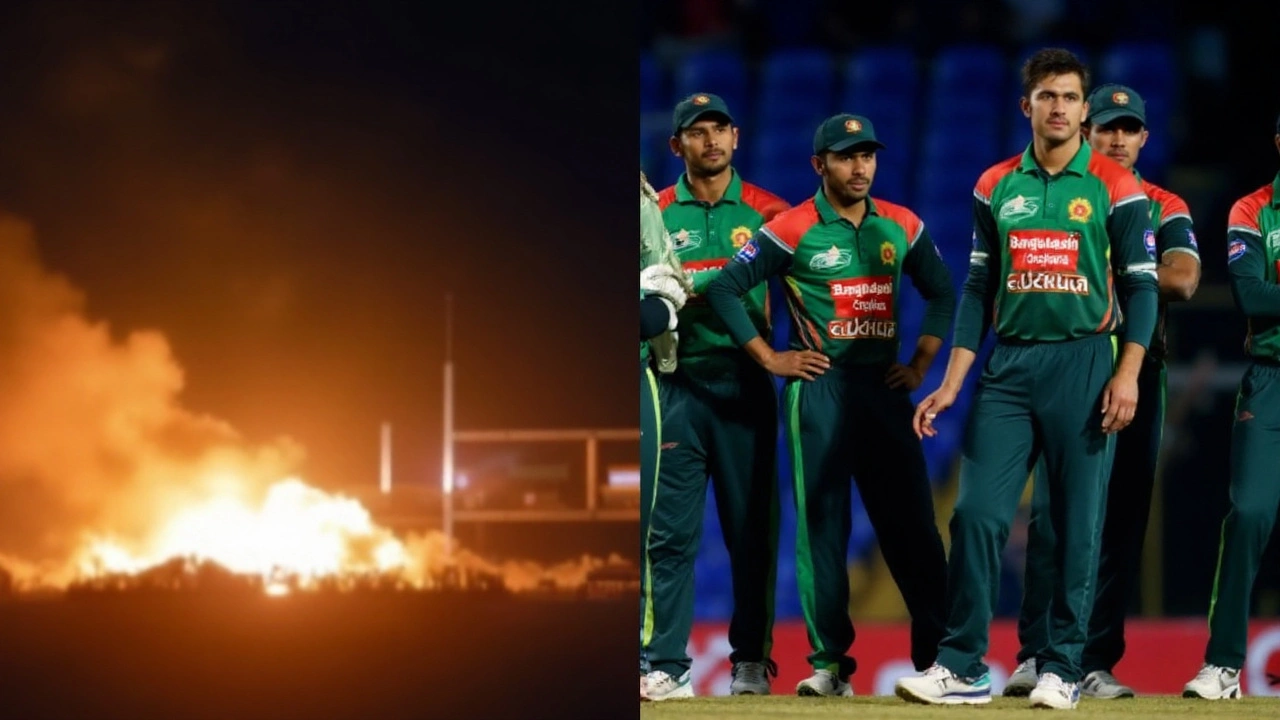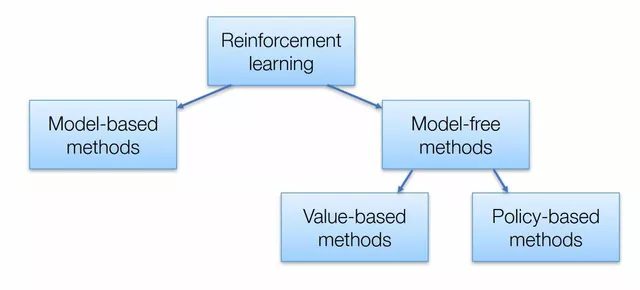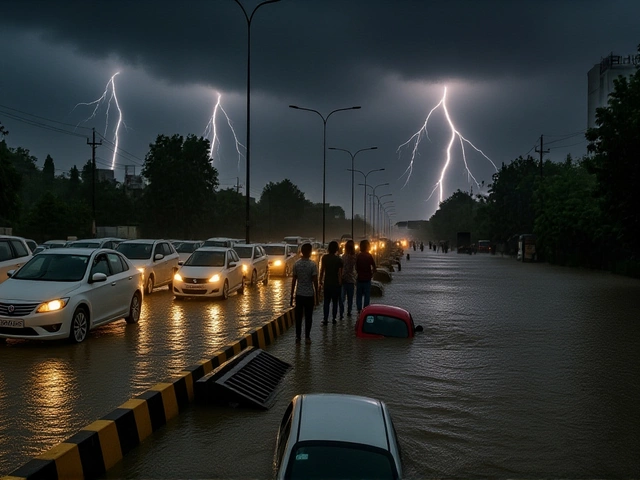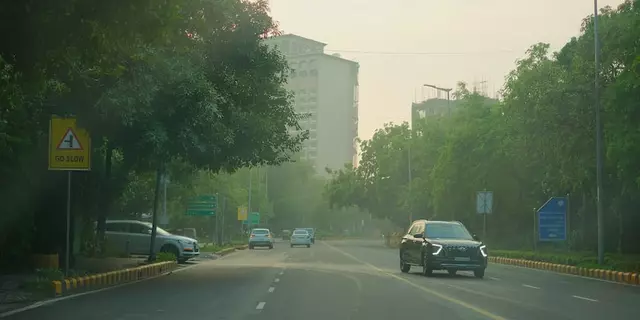India-Pakistan Conflict: What’s Happening and Why It Matters
Every few months the headlines flash a new skirmish along the Line of Control or a diplomatic row over water sharing. For most of us the details feel far away, but the ripple effects hit markets, travel plans, and even the price of a cup of tea. Below you’ll find a plain‑spoken rundown of the big drivers behind the conflict, what’s new right now, and how it could affect daily life in South Asia.
Historical background you can remember in a minute
When British rule ended in 1947, the subcontinent was split into India and Pakistan based on religion. The two new states immediately disputed who would control the princely state of Jammu & Kashmir, a region perched in the Himalayas with a Muslim majority but a Hindu ruler. That disagreement sparked the first war in 1947‑48 and left a heavily militarized border that still exists today. A second war in 1965 and a third in 1971 (which created Bangladesh) added more layers of mistrust. Each clash ended with a cease‑fire, but never with a lasting peace agreement.
Key issues driving today’s tension
The Kashmir question remains the flashpoint. Both capitals claim the whole area, yet each only administers part of it. Add to that the Indus‑Water Treaty, which governs the rivers flowing from Kashmir into both countries—any perceived breach can trigger a diplomatic storm. Since both nations possess nuclear weapons, the stakes are higher than any conventional border fight. Small‑scale fire exchanges, like mortar attacks across the Line of Control, are often used to signal displeasure without escalating to full‑scale war.
In the last year, there have been three notable cease‑fire violations within weeks of each other, prompting both sides to move troops to the front lines. Satellite images released by independent analysts showed new bunker construction on both sides, a clear sign that each government is preparing for longer standoffs. Meanwhile, back‑channel talks in neutral locations have tried to keep the dialogue alive, but progress is slow and confidential.
Economically, the conflict hurts trade routes that could otherwise boost both economies. Border closures mean fewer trucks carrying goods, which pushes up prices of basic items in border towns. Tourism—a major revenue source for both countries—takes a hit whenever travel advisories are issued. Investors watch the situation closely; a sudden flare‑up can send stock markets tumbling.
For ordinary people, the impact is personal. Families split across the border often rely on limited cross‑border permits to visit relatives. When tensions rise, those permits are revoked, leaving loved ones separated for months. Media consumption also shifts, with each side’s news outlets emphasizing narratives that fuel national pride and suspicion.
If you want to stay ahead of the story, follow a mix of reputable international agencies and local correspondents who report on the ground. Look for updates on cease‑fire violations, water‑sharing talks, and any diplomatic outreach. Social media can give real‑time snapshots, but verify with multiple sources before taking anything as fact.
Bottom line: the India‑Pakistan conflict is a mix of old grievances and new challenges. It’s not just a diplomatic puzzle; it shapes economies, families, and regional stability. Understanding the core issues—Kashmir, water, and nuclear deterrence—helps you see why a single border clash can feel like a global concern.

Bangladesh Cricket Board Pulls Back From Pakistan Tour Amid India-Pakistan Conflict
The Bangladesh Cricket Board has put the May‑June 2025 Pakistan tour on hold as India‑Pakistan hostilities flare. Safety of players and staff is the top priority, and the board is urging the return of Bangladeshi cricketers from the PSL. Ongoing security alerts have already disrupted the IPL and forced the PSL to shift to the UAE. The BCB says it will follow government advice before making any final call.
CONTINUE READING



